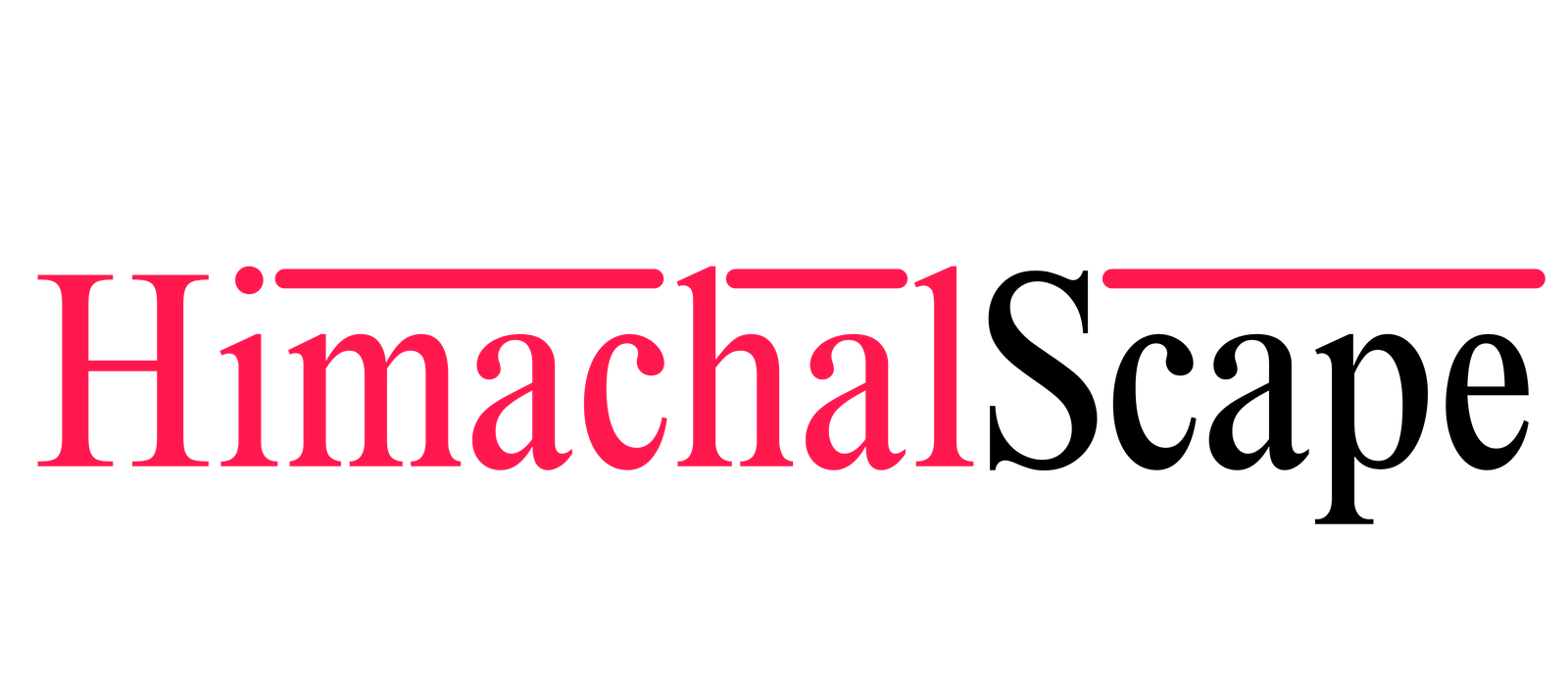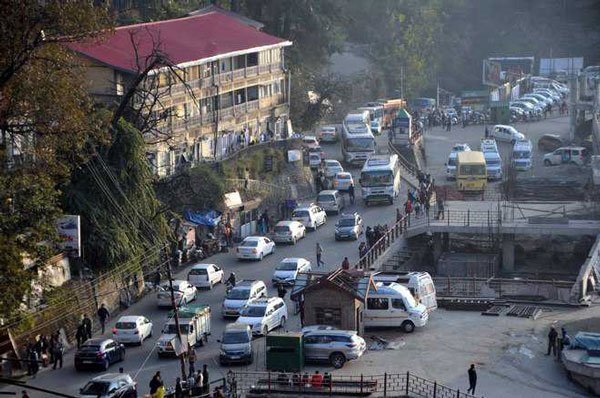Shimla, Apr 2
Despite facing unwarranted criticism, the Shimla Traffic Police have been diligently working to alleviate the city’s traffic congestion, according to Superintendent of Police Sanjeev Gandhi.
Acknowledging the need for alternative solutions, the Shimla Traffic Police have implemented innovative strategies to address the city’s mobility challenges. One such initiative, the one-minute traffic plan, has shown promising results in easing congestion. Superintendent Gandhi highlighted the success of this plan, emphasizing its role in managing traffic flow and reducing gridlocks.
Pertinent to mention that the Shimla Traffic Police cannot be blamed for the city’s traffic snarls. However, as the face of the government, they often bear the brunt of public frustration. The most recent instance of this was voiced by the Shimla Nagrik Sabha, threatening protests if traffic problems were not addressed within three days.
Also read: One min traffic plan: Shimla NS threaten protest against growing traffic jams in city
Shimla’s carrying capacity in terms of vehicles has already been exceeded, necessitating immediate alternative transport solutions. The city’s traffic issues are not new, perhaps stemming from a lack of foresight in urban mobility development.
The city, once predominantly pedestrian-friendly (42%), has gradually become more vehicle-centric. With over 1.2 lakh registered vehicles, Shimla experiences traffic jams even outside the tourist season.
The one-minute traffic plan, wherein vehicles from outside the city are stopped for a minute before being released in fixed numbers, has significantly reduced congestion, according to S.P Gandhi. He noted that congestion in bottleneck areas had previously reached critical levels, hindering movement within the city.
During lean seasons, daily traffic movements range from 2.5 to 4.7 thousand vehicles, surging to 15 to 27 thousand per day between April and July, informed Gandhi. However, the capacity of city roads to accommodate this volume is insufficient, exacerbating traffic woes.
S.P Gandhi provided data demonstrating the positive impact of the one-minute traffic plan on journey times and accidents. Journey times on key routes have significantly decreased, and accidents have seen a notable reduction, contributing to improved road safety.
Noteworthy that last, HimachalScape checked in 2021, average journey speed had come down to 24 Kmph. Wherein at bottleneck areas such as Lakkar Bazaar the journey speed was approximately 2 Kmph during peak hours. Other congested areas like HPTDC Lift have a journey speed of 6 Kmph. Sanjouli Chowk to Dhalli tunnel is 9 Kmph to 12 Kmph.
The SP informed that as per HRTC drivers, earlier (prior to one minute traffic plan) journey time from Shoghi Barrier to Old Bus stand was 95 to 105 minutes now it has reduced to 55 to 60 minutes. Similarly at peak time from Auckland to Old bus stand it used to take around 47 to 60 minutes now it has come down to 19 to 32 minutes. From new Shimla to Secretariat via Khalini it used to be 70 minutes which has now reduced to 27 to 32 minutes. The data involves case studies on Mondays, which is most peak day, claimed the S.P.
 Evaluating data from January to March in years 2023 and 2024, it was seen that total accidents reduced by 25. In 2023, a total of 85 accidents were reported and in 2024 they came down to 60. Similarly, deaths were reduced by 3, and number of injuries also went down by 61 in three months, he stated.
Evaluating data from January to March in years 2023 and 2024, it was seen that total accidents reduced by 25. In 2023, a total of 85 accidents were reported and in 2024 they came down to 60. Similarly, deaths were reduced by 3, and number of injuries also went down by 61 in three months, he stated.
Point worth highlight is that Shimla’s transition from a pedestrian-centric city to one dominated by motorized transport has led to a myriad of challenges, including urbanization, population growth, vehicular congestion, traffic chaos, accidents, and parking problems. Despite efforts to widen roads and alleviate bottlenecks, the city continues to grapple with traffic jams.
While the Shimla development plan aims to address traffic issues, the solution lies in the prompt development of alternative mobility solutions and the expansion of road infrastructure to meet future demands. Failure to do so will perpetuate the city’s traffic woes, leaving citizens to contend with ongoing challenges.
Empower Independent Journalism – Join Us Today!
Dear Reader,
We’re committed to unbiased, in-depth journalism that uncovers truth and gives voice to the unheard. To sustain our mission, we need your help. Your contribution, no matter the size, fuels our research, reporting, and impact.
Stand with us in preserving independent journalism’s integrity and transparency. Support free press, diverse perspectives, and informed democracy.
Click [here] to join and be part of this vital endeavour.
Thank you for valuing independent journalism.
Warmly,
Vishal Sarin, Editor





